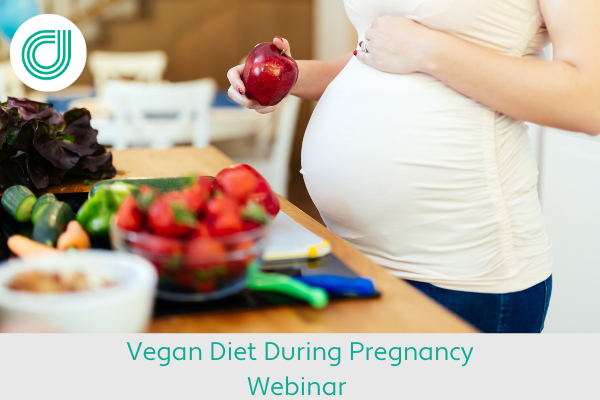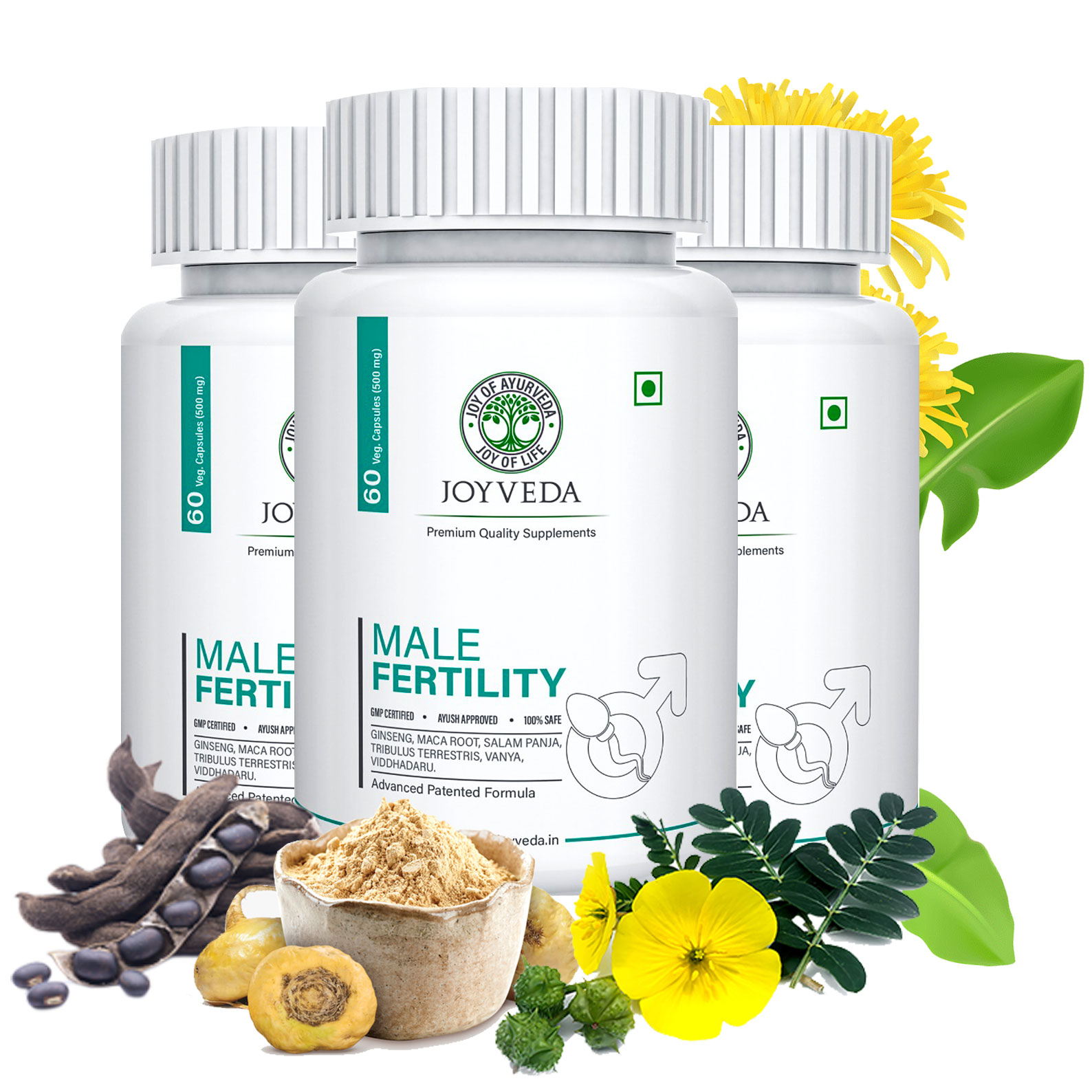
Atkins, a low-carbohydrate, high-fat diet, has been around since almost five decades. Although it's popular, there are some problems. It is a high-fat, low-carbohydrate diet that may have serious health risks if you don't watch your portion sizes.
The Atkins diet is now easier to follow. These include more flexibility when it comes to counting carbohydrates, and a larger selection of foods you can eat in each phase.
The first step is to eliminate all carbs (except low-carb veggies). This is the most strict phase of the Atkins plan, so it's best avoided if you have health issues.
Eliminating all carbohydrates means that your diet will be almost entirely comprised of protein, fat and some fruits and vegetables. These foods contain essential vitamins, minerals and anti-disease phytochemicals.

It also means you'll need to be careful about how much sugar you eat, which can cause a variety of negative health effects. You will want to avoid any sugar-containing icecreams, cakes or cookies, as well sodas.
The Atkins diet allows you to consume moderate amounts of dairy products, but only in moderation and small portions. In the same way, you can consume butter, mayo, and cream as part of meals that include other foods, like pasta, coffee, fruit, or even pasta.
Vegetarians and vegans may find it difficult to adhere to the Atkins Diet, because plant-based proteins often contain a lot of carbohydrates. Many dieters find it difficult to follow the Atkins Diet for a long time because they can't maintain the 20-40 grams per day of carbohydrates needed to lose weight.
Susan Smith RDN is the author of "The New Atkins Diet": Lose Fat And Keep It Off. She says that this kind of diet can cause heart health problems if it's not done properly. The Atkins can cause your LDL and triglycerides to increase, while your HDL (good) is decreased.
Moreover, a diet low in carbohydrates can cause electrolyte disturbances, constipation dangerously-low blood sugar and kidney problems. People with these conditions need to get medical attention immediately so that they do not suffer long-term negative health effects, such as kidney diseases and diabetes.

In addition, a diet high in fat and low in carbohydrates can lead to nutritional deficiencies, especially if you aren't eating enough low-carb vegetables and fruits. These foods are rich in important nutrients such as dietary fibre and phytochemicals that fight disease.
Atkins can help you lose some weight, but the diet is not ideal for lasting results. The Atkins diet is restrictive and difficult to follow for long periods. It can also lead to yoyo dieting where you lose weight, then gain it back once you resume normal eating.
FAQ
What can you do to boost your immune system?
There are trillions of cells in the human body. Each cell is responsible for creating organs and tissues with specific functions. Another cell takes its place when a cell dies. Chemical signals, called hormones, allow cells to communicate with each other. All bodily processes are controlled by hormones, including metabolism and immunity.
Hormones, chemicals that are secreted throughout the body by glands, are chemicals. They circulate through the bloodstream and act as messengers to regulate how our bodies function. Some hormones come from the body and others are produced outside.
The hormone-producing glands release their contents into bloodstream. This is when hormone production starts. Once hormones have been released, they travel through the body to their intended organ. Sometimes hormones stay active for only a short time. Other hormones stay active longer and continue to influence the body's functioning even after they leave the bloodstream.
Some hormones are produced in large quantities. Others are produced in small amounts.
Certain hormones can only be produced at specific times in life. The production of estrogen can occur during puberty and pregnancy, as well as menopause and old age. Estrogen is important for women to develop breasts and maintain bone density. It also helps prevent osteoporosis. It promotes hair growth as well as keeping skin soft and smooth.
Do I need to count calories
You might be asking "What is the best diet?" or "is counting calories necessary?" The answer to this question depends on many factors, including your current health, your personal goals and preferences, as well as your overall lifestyle.
The Best Diet for me - Which One Is Right for You?
The best diet is dependent on my current health status, personal goals, preferences, and overall lifestyle. There are many good and bad diets. Some diets work better than others. What should I do? How can I make the right choice?
These questions are addressed in this article. It begins with an overview of the different diets today. The pros and cons of each diet are then discussed. Then, we will discuss which diet is the best.
Let's look at some of the main types of diets to get started.
Diet Types
There are three main types: low fat, high proteins, and ketogenic. Let's take a look at them all below.
Low Fat Diets
A low-fat diet is a diet that reduces the amount fats consumed. This is done through reducing the intake of saturated fats (butter, cream cheese, etc.) and replacing them with unsaturated fats (olive oil, avocados, etc.). If you want to lose weight fast and easily, then a low-fat diet is often recommended. This kind of diet could cause constipation or heartburn and other digestive problems. A person may also experience vitamin deficiencies if they don't get enough vitamins.
High Protein Diets
High-protein diets limit carbohydrates and favor proteins. These diets usually have higher amounts of protein than other diets. They are meant to help build muscle mass and burn more calories. They may not be able to provide sufficient nutrition for people who need it. Also, they tend to be very restrictive, so they aren't suitable for everyone.
Ketogenic Diets
Ketogenic diets are also known as keto diets. They are high fat and moderately carbohydrate and protein-rich. They are popularly used by bodybuilders, athletes, and others who want to be able to train harder and more efficiently without becoming tired. But, they require strict adherence to avoid negative side effects like nausea, headaches, and fatigue.
What's the difference between fat/sugar?
Fat is an important energy source, which comes from food. Sugar is a sweet, naturally occurring substance in fruits and vegetables. Both fats as well as sugars contain the same amount of calories. But fats are twice as calories as sugars.
Fats can be stored in the body, which can lead to obesity. They can increase cholesterol levels in the arteries and cause strokes and heart attacks.
Sugars are quickly absorbed into the body and provide instant fuel. This causes blood glucose levels rise. High blood glucose levels are dangerous as it can increase the likelihood of developing type 2 diabetes.
Which 10 foods are your favorite?
These are the 10 best foods you can eat:
-
Avocados
-
Berries
-
Broccoli
-
Cauliflower
-
Eggs
-
Fish
-
Grains
-
Nuts
-
Oats
-
Salmon
How can my blood pressure be controlled?
Find out the causes of high blood pressure first. Next, take steps that will reduce the risk. This could include eating less salt, losing weight if necessary, taking medication, etc.
You also need to make sure you are getting enough exercise. You can also walk if you don’t have the time.
You should join a gym if you are unhappy with your exercise routine. You will likely want to join an exercise group that shares your goals. It's easier to stick to an exercise routine when you know someone else is going to see you at the gym.
Statistics
- In both adults and children, the intake of free sugars should be reduced to less than 10% of total energy intake. (who.int)
- According to the 2020 Dietary Guidelines for Americans, a balanced diet high in fruits and vegetables, lean protein, low-fat dairy and whole grains is needed for optimal energy. (mayoclinichealthsystem.org)
- According to the Physical Activity Guidelines for Americans, we should strive for at least 150 minutes of moderate intensity activity each week (54Trusted Source Smoking, harmful use of drugs, and alcohol abuse can all seriously negatively affect your health. (healthline.com)
- This article received 11 testimonials and 86% of readers who voted found it helpful, earning it our reader-approved status. (wikihow.com)
External Links
How To
What does the term "vitamins" mean?
Vitamins are organic compounds that can be found in foods. Vitamins aid us in absorbing nutrients from the food we eat. The body cannot make vitamins; therefore, they must be obtained from food.
Two types of vitamins exist: water soluble and oil soluble. Water soluble vitamins dissolve easily in water. These include vitamin C (thiamine), Vitamin B1 (riboflavin), Vitamin B2 (riboflavin), Vitamin B3 (niacin), Vitamin B6 (pyridoxine), Vitamin C, B1 (thiamine), Vitamin B2 (riboflavin), Vitamin B3 (niacin), and Vitamin B6 (pyridoxine). Fat-soluble vitamins are stored within the liver and in fatty tissue. Some examples include vitamin D and E, K, A, beta carotene, and A-vitamins.
Vitamins are classified according to their biological activity. There are eight main groups of vitamins.
-
A - Vital for healthy growth.
-
C is important for nerve function and energy production.
-
D - necessary for healthy bones and teeth.
-
E - Required for good vision, reproduction.
-
K - Required for healthy nerves and muscles.
-
P - vital for building strong bones andteeth.
-
Q - Aids in digestion and absorption.
-
R - Required for red blood cell production
The recommended daily allowance (RDA), for vitamins, varies based on gender, age, and physical condition. The U.S. Food and Drug Administration has established the RDA values.
For example, the RDA for vitamin A is 400 micrograms per dayfor adults 19 years or older. Because it is essential for the development of the fetus, pregnant women should consume 600 micrograms per days. Children ages 1-8 require 900 micrograms per day. Infants below one year of age need 700 micrograms daily. But, between 9 months to 12 months of age, the amount drops to 500micrograms per days.
Children aged 1-18 years need 800 micrograms daily, while children overweight require 1000 micrograms per days. Children who are severely obese or underweight will need 1200 micrograms each day.
Children between 4-8 years of age who have been diagnosed by anemia must consume 2200 micrograms daily of vitamin C.
2000 micrograms is the minimum daily intake for general health in adults older than 50 years. Because of their higher nutrient needs, women who are pregnant or nursing need 3000 mg per day.
1500 micrograms are required daily by adults over 70 because they lose approximately 10% of their muscle each decade.
Women who are pregnant or nursing need more than the RDA. Pregnant mothers need 4000 micrograms per daily during pregnancy and 2500 after giving birth. Breastfeeding mothers require 5000 micrograms daily when breast milk production is occurring.